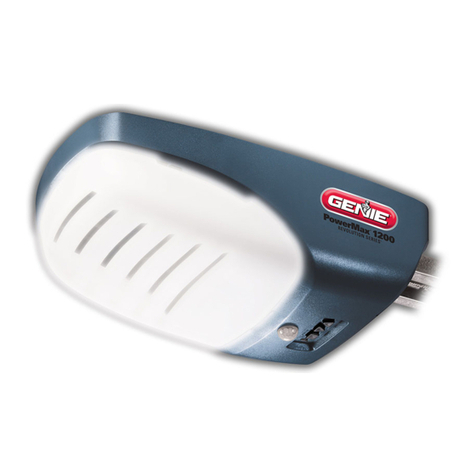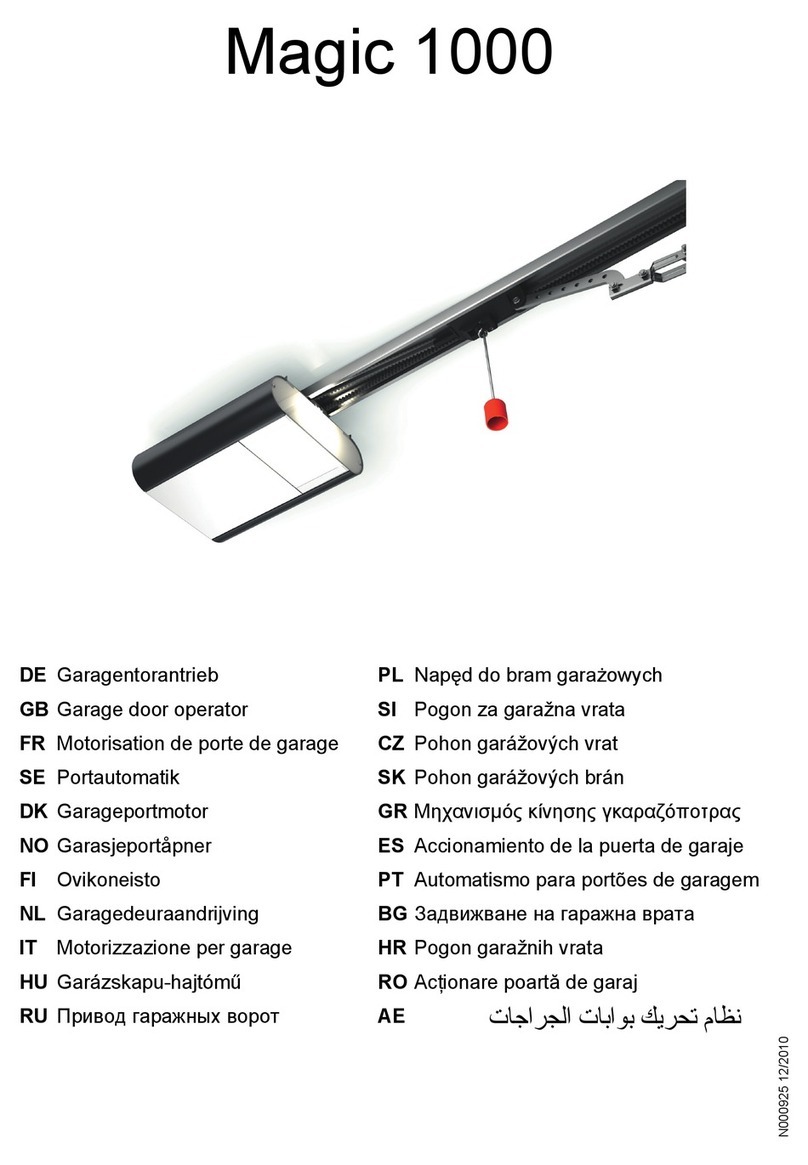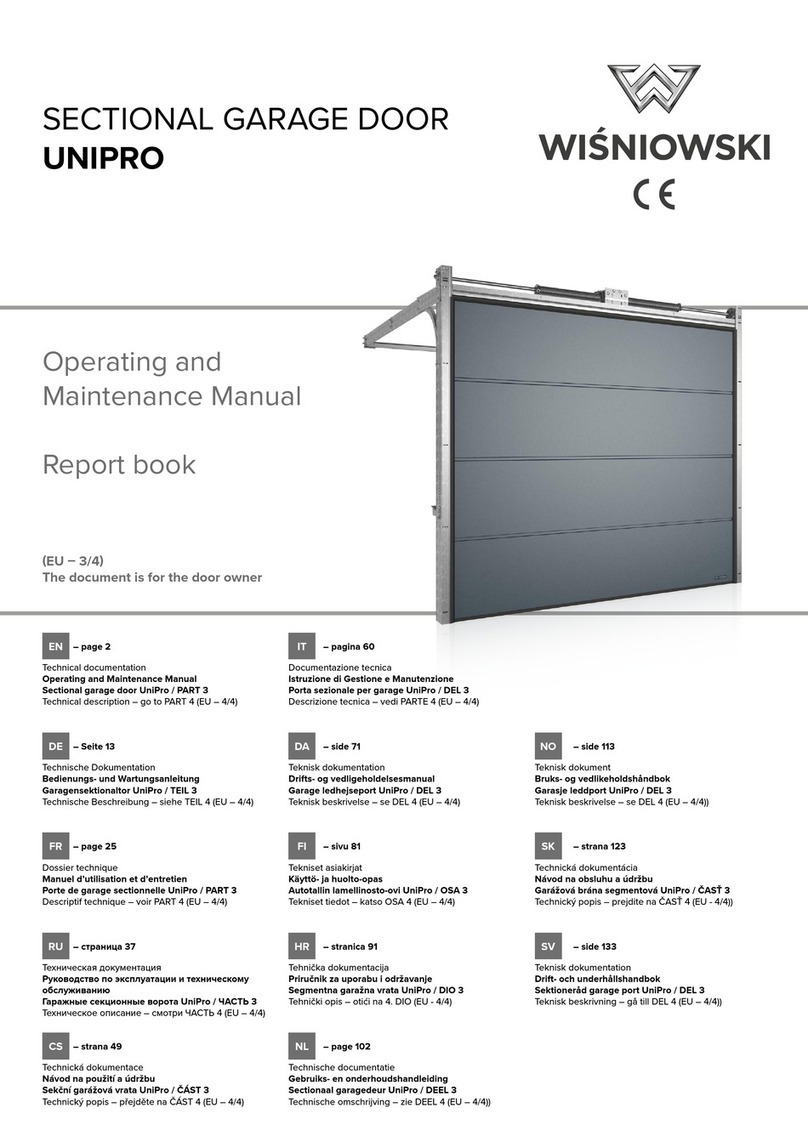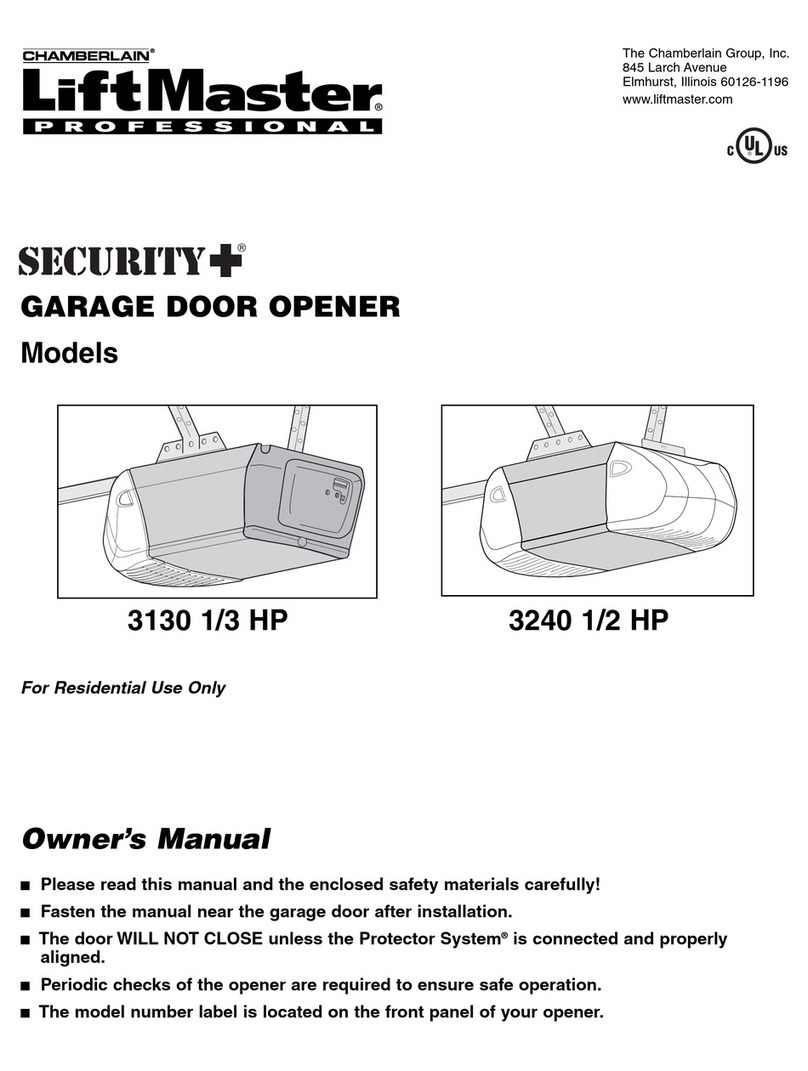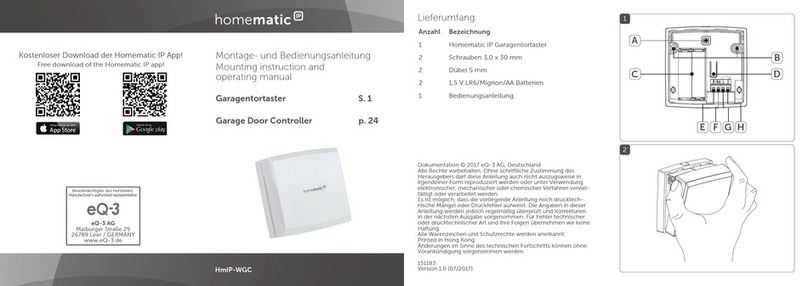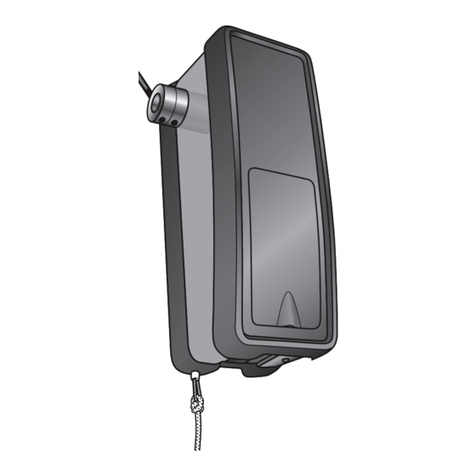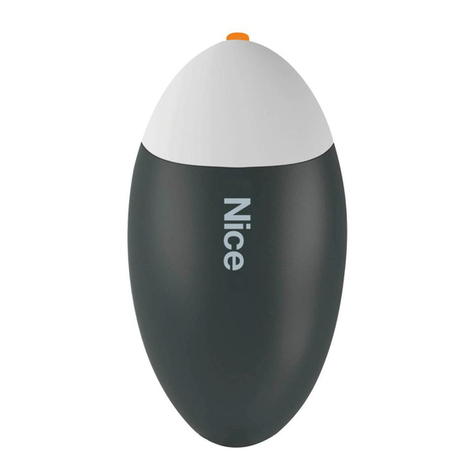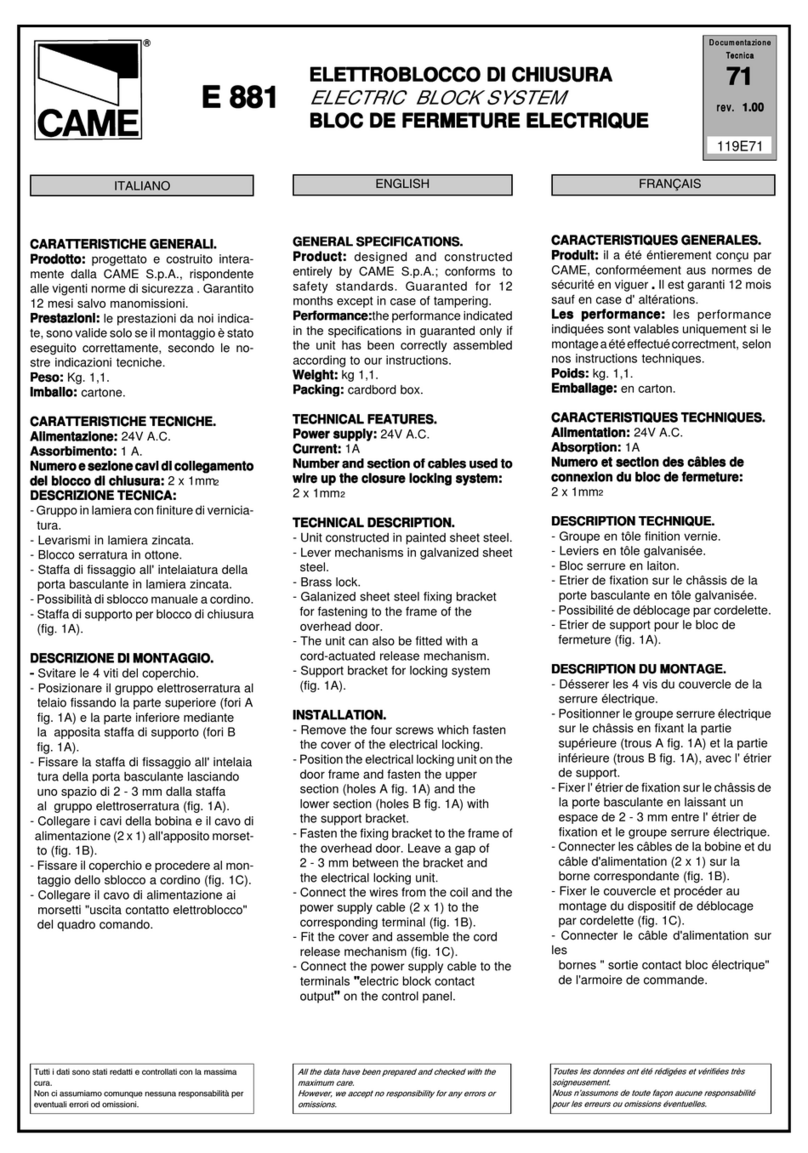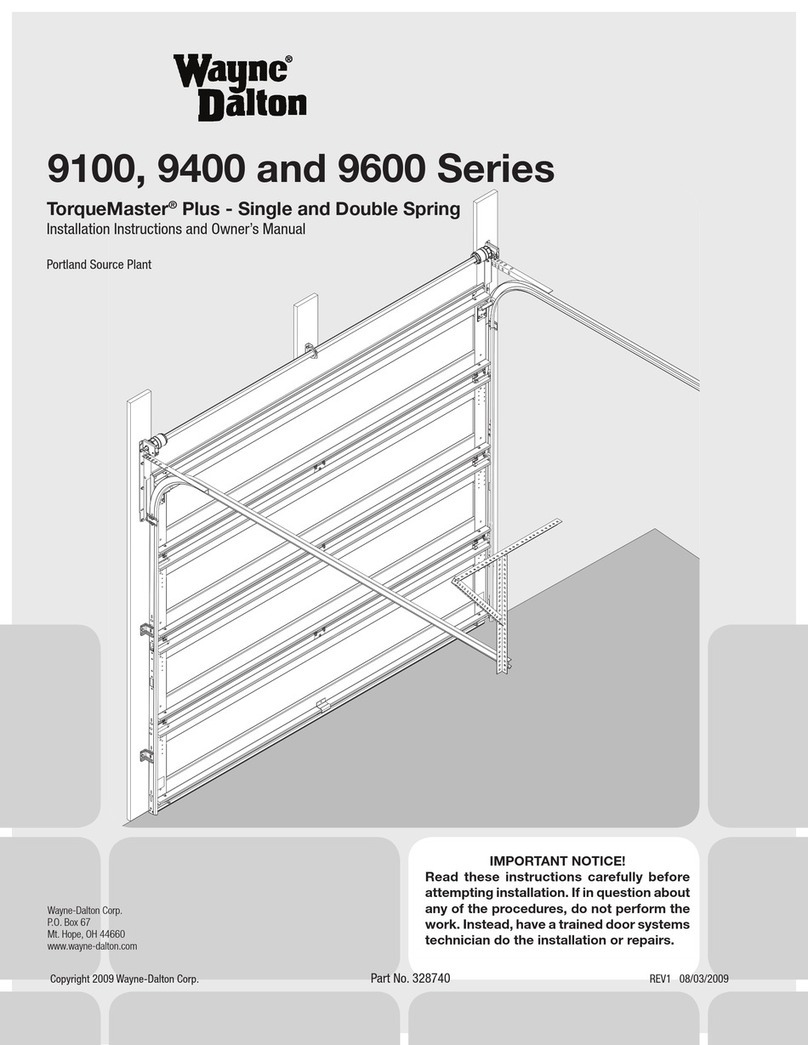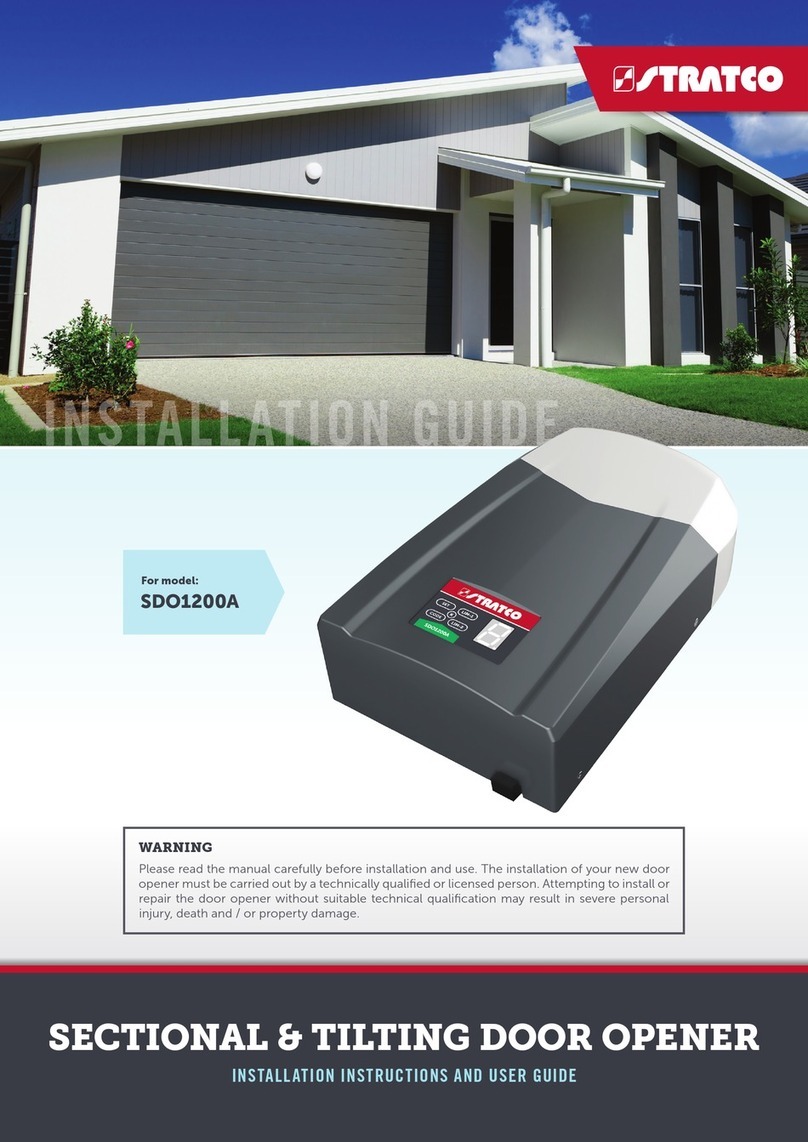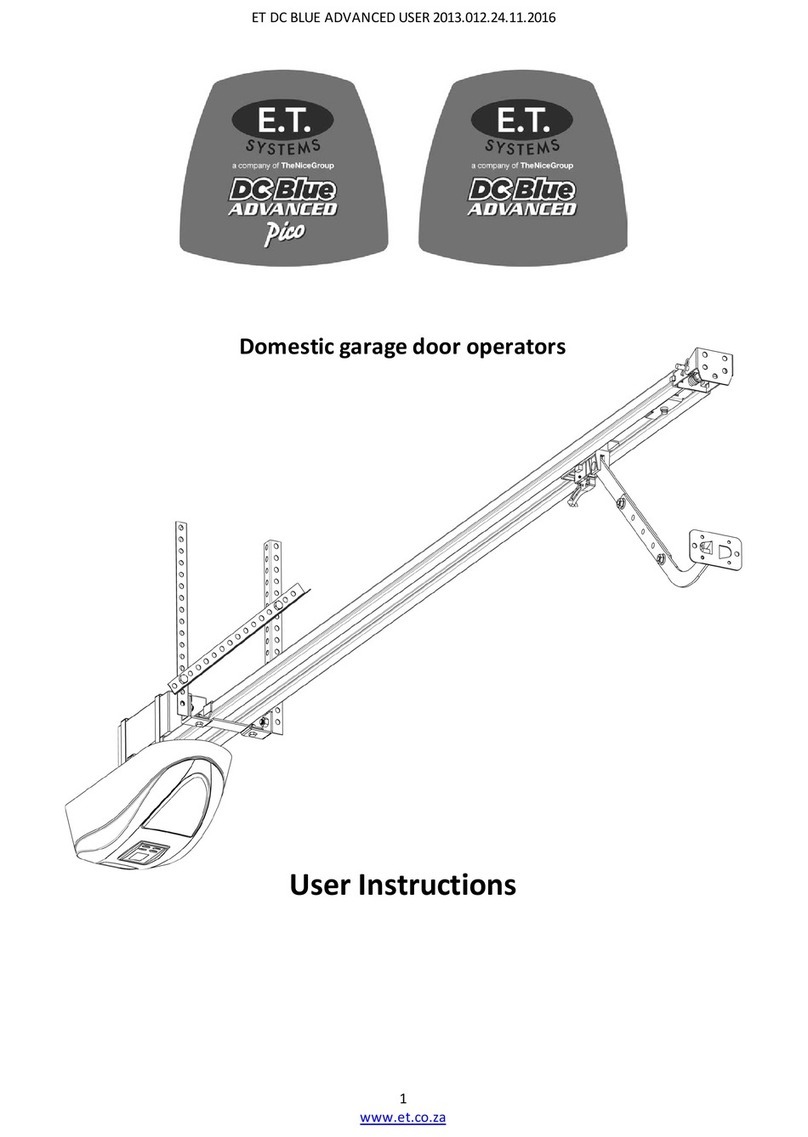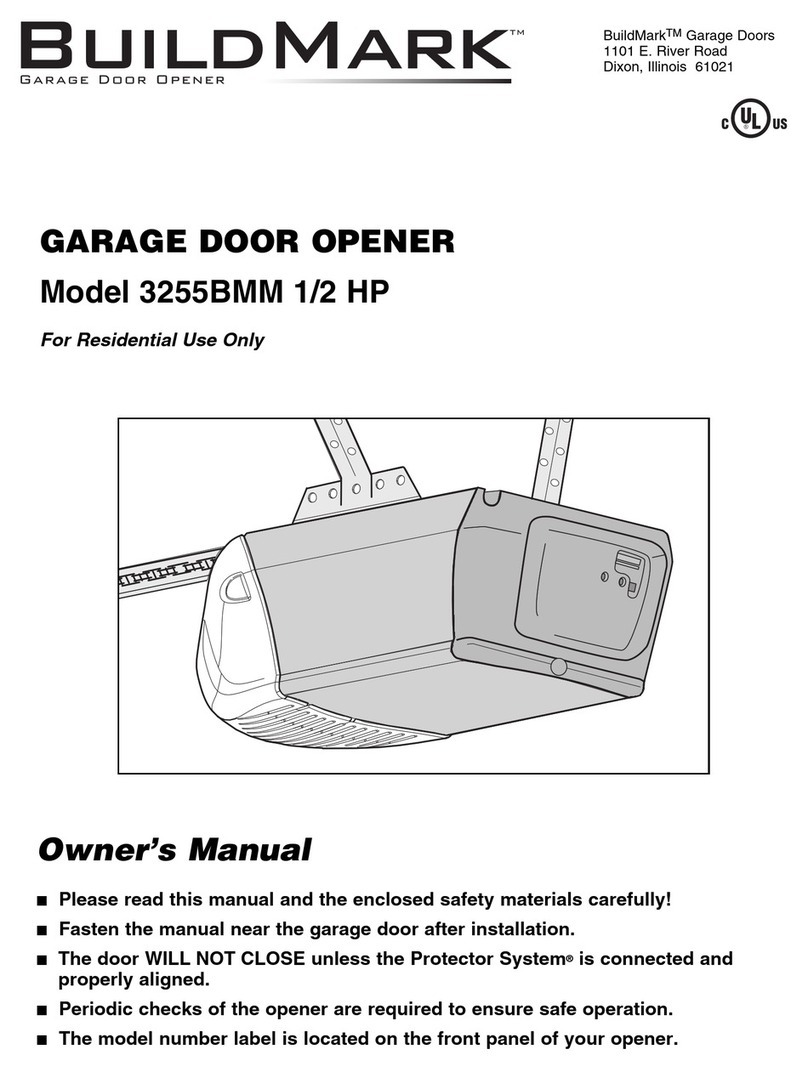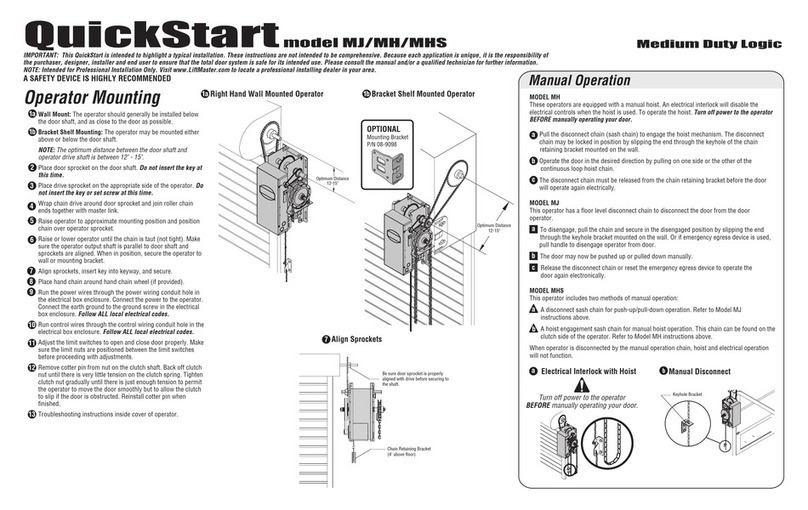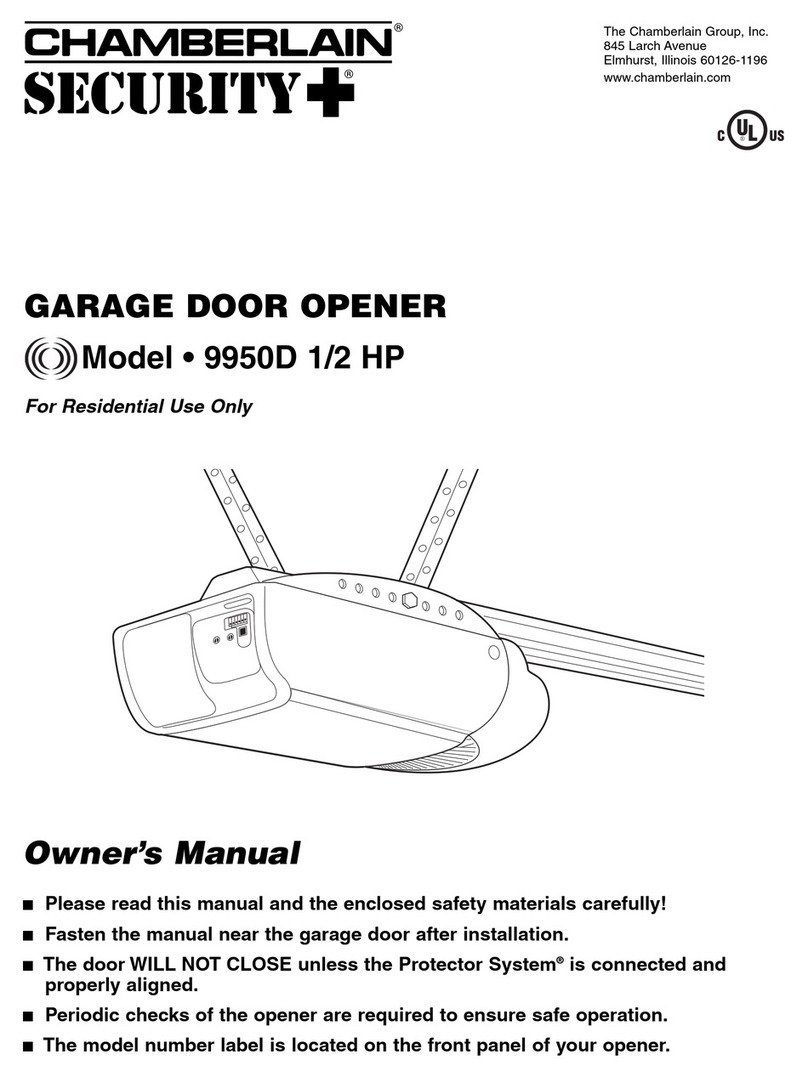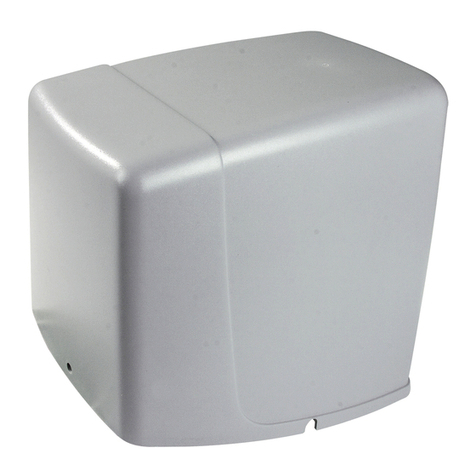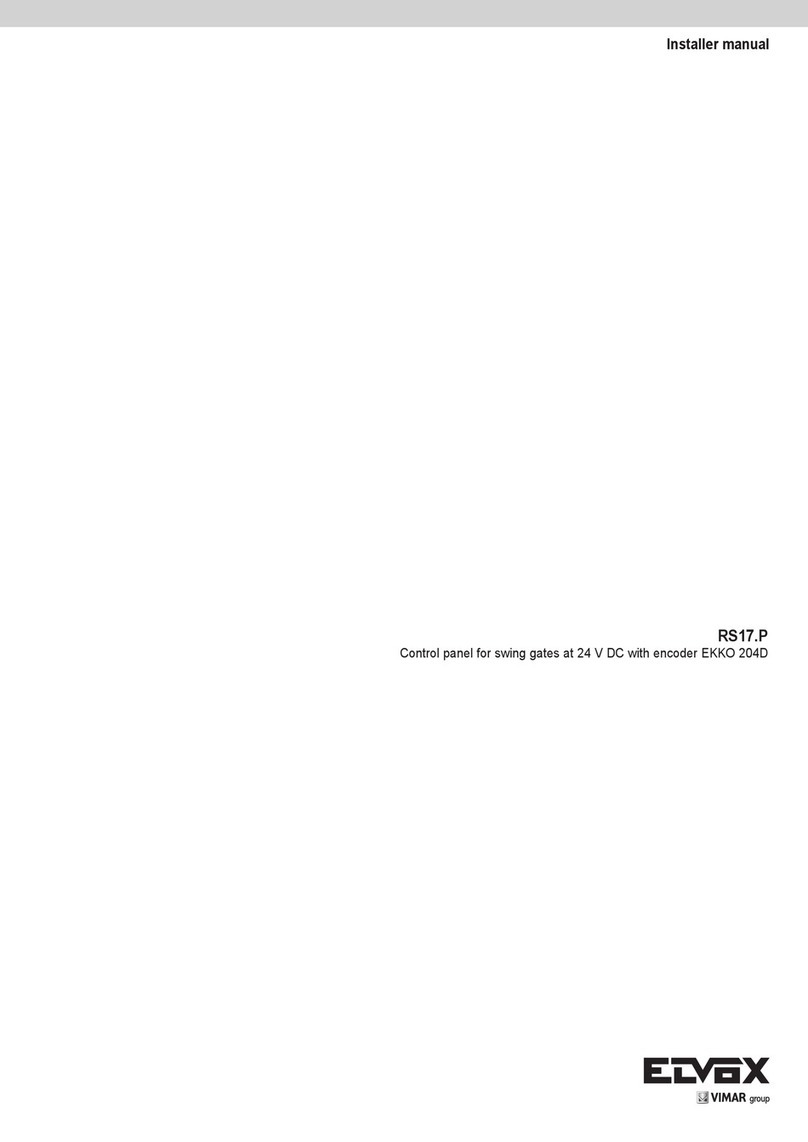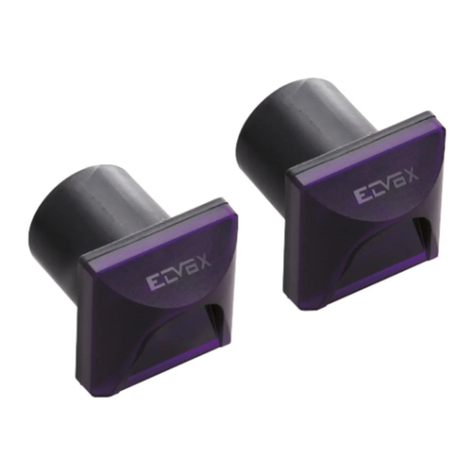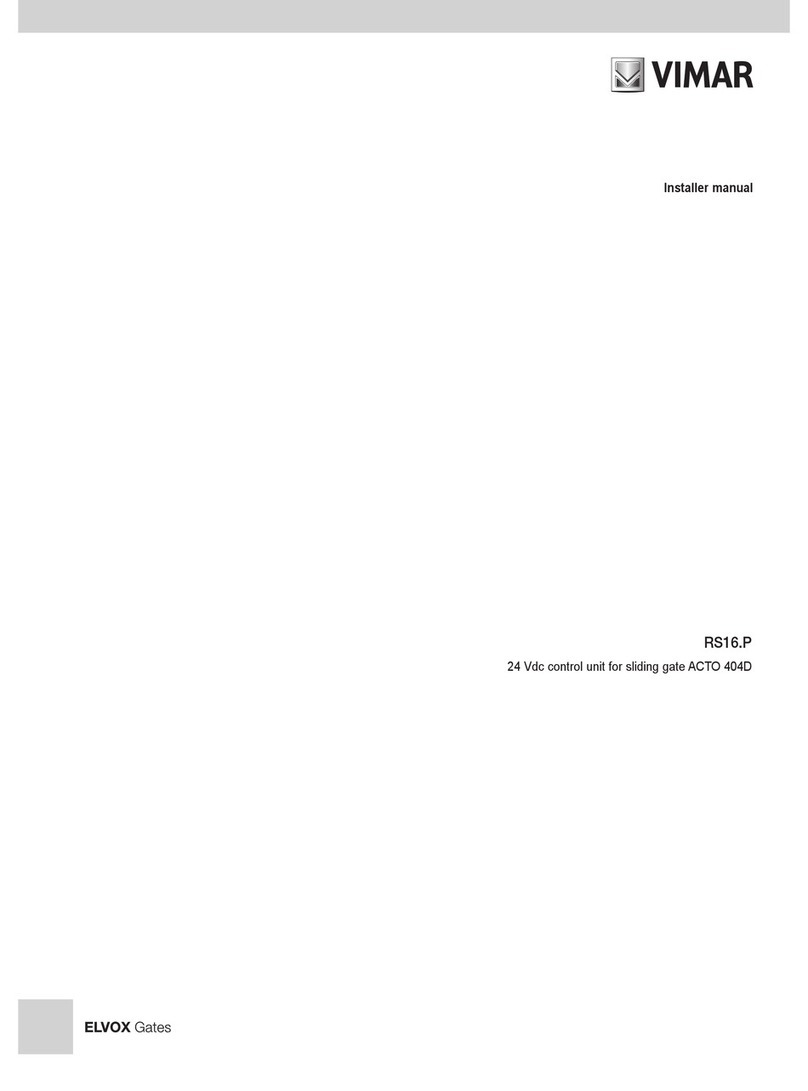
Viale Vicenza, 14
36063 Marostica VI - Italy
www.vimar.com
EFA1
S6I.EFA.100 08 1611
ELDE
Fotozelle synchronisierte für Aufputzmontage mit der Möglichkeit,
den Schaltkreis um 180° zu drehen. Bestehend aus moduliertem
IR-Empfänger (RX) und -Sender (TX).
HINWEIS: Die Verwendung zur Reflektion und die Installation auf nicht
ausreichend festen und vibrationsfreien Oberflächen ist verboten.
Technische Merkmale:
- Versorgungsspannung:
12
V
ac/dc mit Steckbrücke eingesetzt (Grenzen 10/18 Vac)
24
V
ac/dc ohne Steckbrücke (Grenzen 18/32 Vac)
- Max. Stromaufnahme:
bei 12V: Rx 46 mA, Tx (min.) 65 mA, Tx (synch.) 37 mA
bei 24V: Rx 55 mA, Tx (min.) 54 mA, Tx (synch.) 45 mA
- Kontaktbelastung Relais: 1 A bei 24 Vdc / 120 Vac
- Ansprechzeit: < 30 ms.
- Betriebstemperatur: -20° C ÷+55° C
- Erfassungswinkel: Rx ± 20° C
- Strahlenwinkel: Tx ± 12° C
- Schutzart: IP55
- Max. Reichweite: 15 m
HINWEIS: Aufgrund atmosphärischer Phänomene kann sich die
Reichweite um 50% reduzieren: Nebel, Regen, Staub usw.
Installation:
1) Einen Schlitzschraubendreher in den Schlitz in der Unterseite des
Deckels stecken (Abb. 3).
2) Den Boden der Fotozelle mit Dübeln an der Wand befestigen, dabei
auf die bestmögliche Ausrichtung achten (Abb. 3).
Anschlüsse:
1) Wählen Sie die Photozellversorgungsspannung mittels der Brücke
JP12. Je nach gelieferter Spannung von der Steuereinheit 12 oder
24
V
ac/dc wählen dass sowohl die RX TX (Abb. 4).
JP 12 mit Brücke eingesetzt = 12
V
ac/dc
Versorgungsspannung
.
JP 12 ohne Brücke = 24
V
ac/dc Versorgungsspannung
2) Sind zwei Sender (TX) nah beieinander montiert, könnte der Strahl
eines Empfängers mit dem des anderen Empfängers interferie-
ren; in diesem Fall kann ein korrekter Betrieb nicht gewährleistet
werden. Um dieses Problem zu verhindern, und wenn für die
Versorgung der Geräte eine Wechselspannung verfügbar ist, ist es
möglich das Synchronisierungssystem, das den abwechselnden
Betrieb der zwei Photozellpaare ermöglicht, zu nutzen. Um die
Synchronisierungsfunktion zu aktivieren, die Brücke “Sync” des
Senders (TX) abnehmen.
Brücke “SYNC” eingesetzt = Normalbetrieb
Brücke “SYNC” nicht eingesetzt = Synchronisierungsfunktion
3) Die elektrischen Anschlüsse gemäss der geforderten Funktion und
den technischen Daten durchführen.
Die zweifarbige LED beim Empfänger ermöglicht eine Überprüfung
der korrekten Ausrichtung von RX und TX.
LED Bedeutung
Ausgeschaltet Keine Versorgungsspannung
Rot
Anwesenheit eines Hindernisses, falsche Ausrichtung
Blinklicht Ausrichtung nicht exakt
Grün Ausrichtung optimal
4) Wenn die Installation der Photozelle durchgeführt wurde, den Betrieb
durch mehrfaches Unterbrechen des Richtstrahls (infraroter Strahl)
überprüfen. Das Einschalten der roten LED in RX und die Aktivierung
des Relais überprüfen .
5) Ist die endgültige Prüfung abgeschlossen, den Frontteil fixieren.
Συγχρονισμένο φωτοκύτταρο για εξωτερική επιτοίχια εγκατάσταση με
δυνατότητα περιστροφής του κυκλώματος 180°. Αποτελείται από δέκτη
(RX) και πομπό (TX) διαμορφωμένων υπέρυθρων ακτίνων.
ΣΗΜ. Απαγορεύεται η χρήση για αντανάκλαση της εγκατάστασης σε μη
άκαμπτες επιφάνειες που υποβάλλονται σε δονήσεις.
Τεχνικά χαρακτηριστικά:
- Τροφοδοσία:
12
V
ac/dc με τη γέφυρα τοποθετημένη (όριο 10/18 Vac)
24
V
ac/dc χωρίς τη γέφυρα (όριο 18/32 Vac)
- Μέγ. απορρόφηση:
στα 12 V: Rx 46 mA, Tx (ελάχ.) 65 mA, Tx (συγχρ.) 37 mA
στα 24 V: Rx 55 mA, Tx (ελάχ.) 54 mA, Tx (συγχρ.) 45 mA
- Παροχή ρελέ: 1 A στα 24 Vdc / 120 Vac
- Χρόνος απόκρισης: < 30 ms.
- Θερμοκρασία λειτουργίας: -20°C ÷ +55°C
- Γωνία ανίχνευσης: Rx ± 20°C
- Γωνία ακτίνας εκπομπής: Tx ± 12°C
- Βαθμός προστασίας: IP55
- Μέγιστη εμβέλεια: 15 m
ΣΗΜ. Η εμβέλεια μπορεί να μειωθεί κατά 50% στην περίπτωση
ατμοσφαιρικών φαινομένων, όπως ομίχλης, βροχής, σκόνης κλπ.
ΕΓΚΑΤΑΣΤΑΣΗ:
1) Τοποθετήστε ένα ίσιο κατσαβίδι στην εγκοπή που υπάρχει στο
καπάκι, στην κάτω πλευρά του (εικ. 3).
2) Στερεώστε το κάτω μέρος του φωτοκυττάρου στον τοίχο,
τοποθετώντας τα ούπα και φροντίζοντας να επιτευχθεί η καλύτερη
δυνατή ευθυγράμμιση (εικ. 3).
ΣΥΝΔΕΣΕΙΣ:
1) Επιλέξτε την τροφοδοσία του φωτοκυττάρου μέσω της γέφυρας JP12
για επιλογή της τάσης. Η επιλογή 12/24
V
ac/dc πρέπει να γίνεται
βάσει της διαθέσιμης τάσης της κεντρικής μονάδας τόσο στο TX όσο
και στο RX (εικ. 4).
JP 12 με τοποθετημένη γέφυρα = Τροφοδοσία 12
V
ac/dc
JP 12 χωρίς γέφυρα = Τροφοδοσία 24
V
ac/dc
2) Στην περίπτωση δύο παρακείμενων πομπών (TX), η ακτίνα του
ενός μπορεί να προκαλέσει παρεμβολές στον άλλο δέκτη και να μην
μπορεί να διασφαλιστεί η σωστή λειτουργία. Για να αποφευχθεί αυτό
το πρόβλημα, εάν διατίθεται τροφοδοσία εναλλασσόμενου ρεύματος,
μπορείτε να χρησιμοποιήσετε το σύστημα συγχρονισμού που
επιτρέπει την εναλλάξ λειτουργία των δύο ζευγών φωτοκυττάρων.
Για να ενεργοποιήσετε τη λειτουργία συγχρονισμού, πρέπει να
αφαιρέσετε τη γέφυρα συγχρονισμού του πομπού (TX).
Τοποθετημένη γέφυρα «συγχρονισμού» = κανονική λειτουργία
Μη τοποθετημένη γέφυρα «συγχρονισμού» = λειτουργία συγχρονισμού
3) Πραγματοποιήστε τις ηλεκτρικές συνδέσεις ανάλογα με την
απαιτούμενη λειτουργία και σύμφωνα με τα όσα αναφέρονται στα
τεχνικά χαρακτηριστικά
Μέσω της δίχρωμης λυχνίας που υπάρχει στο δέκτη μπορείτε να
ελέγξετε εάν η ευθυγράμμιση μεταξύ του RX και του TX είναι σωστή.
LED Σημασία
Σβηστό Απουσία τροφοδοσίας
Κόκκινο Παρουσία εμποδίου, εσφαλμένη ευθυγράμμιση
Αναβοσβήνει Μη άριστη ευθυγράμμιση
Πράσινο Βέλτιστη ευθυγράμμιση
4) Όταν ολοκληρωθεί η εγκατάσταση του φωτοκυττάρου, ελέγξτε τη
λειτουργία διακόπτοντας πολλές φορές τη δέσμη (υπέρυθρη ακτίνα).
Ελέγξτε εάν ανάβει η κόκκινη λυχνία led του δέκτη και εάν εκτελείται
εναλλαγή του ρελέ.
5) Όταν πραγματοποιηθεί ο έλεγχος, τοποθετήστε το μπροστινό τμήμα.




